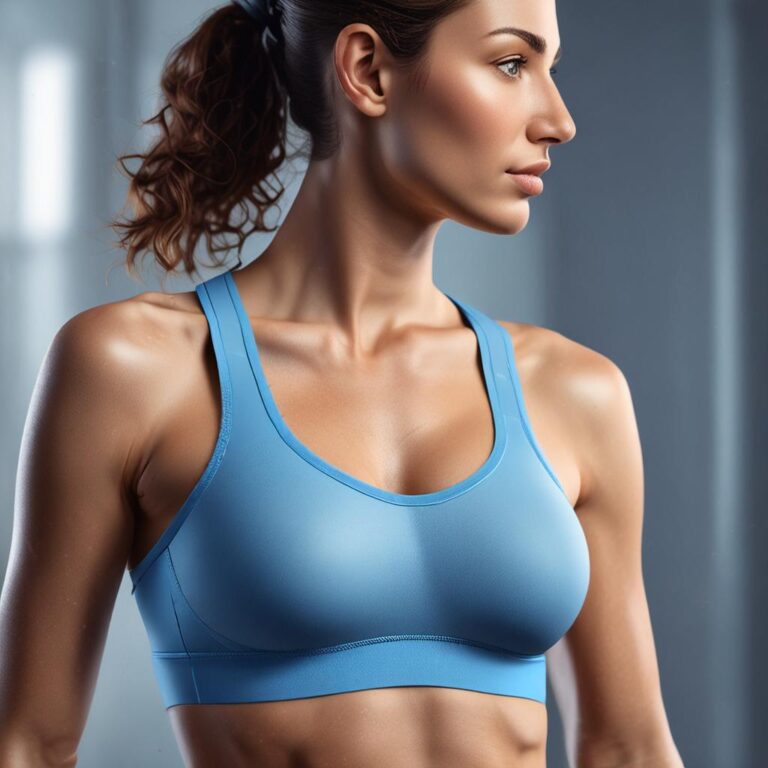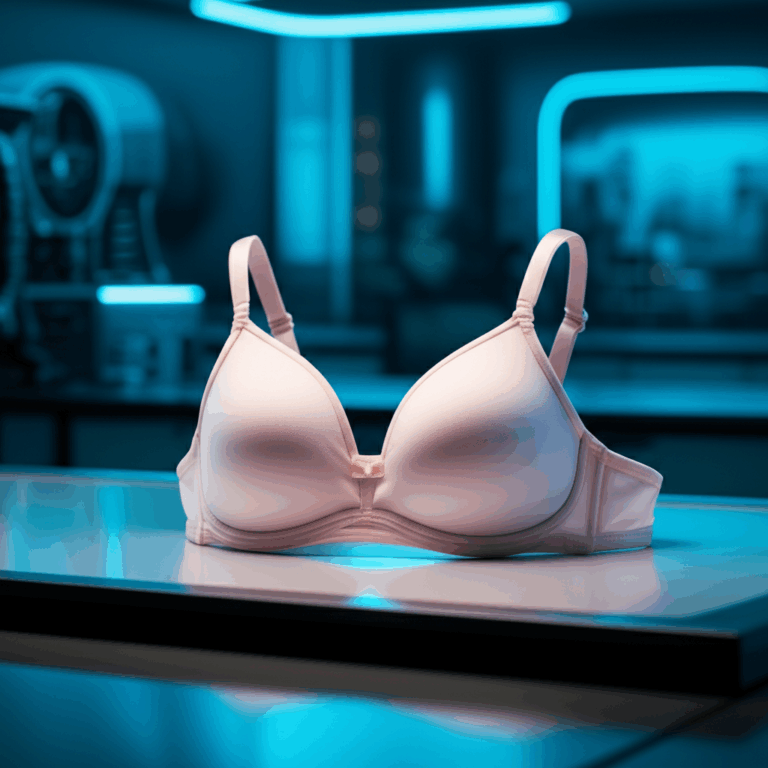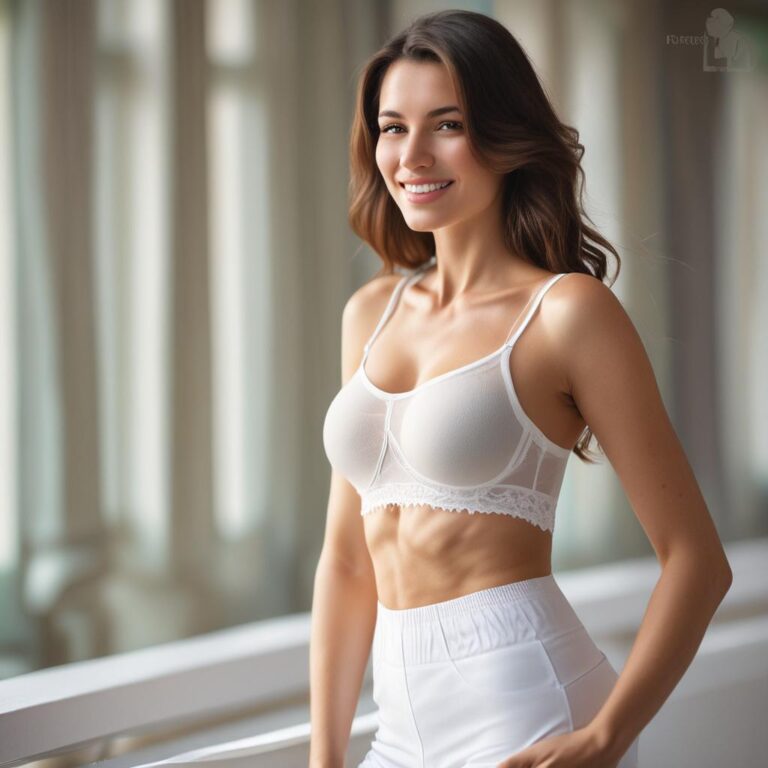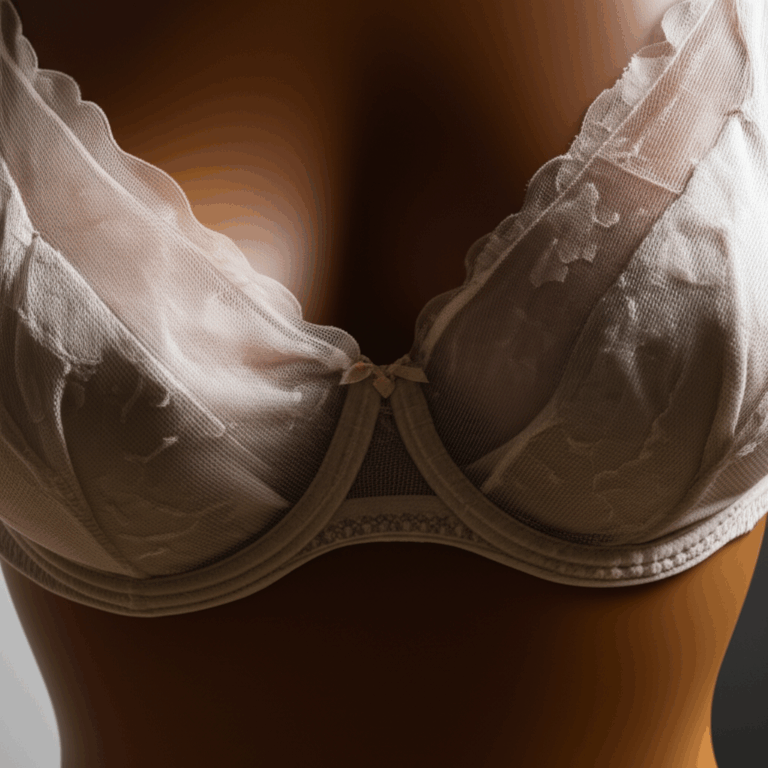Every young girl’s journey through puberty brings a series of new experiences, and one of the most memorable milestones is the transition to wearing her first bra. For many, this begins with a training bra—a gentle introduction to undergarments that supports comfort, confidence, and body awareness during the early stages of breast development. More than just a piece of clothing, a training bra symbolizes growth and independence, helping girls feel secure and prepared as their bodies change. Understanding what a training bra is and when to introduce it can make this rite of passage a positive and empowering experience for both parents and teens.
Understanding the Training Bra
A training bra is a soft, lightweight undergarment designed specifically for girls in the early phases of breast development. It serves as a transitional piece—neither a full-support bra nor just a fashion statement—but a practical and emotional step toward embracing physical changes. Its primary purpose is to offer light coverage, reduce friction, and help young girls become comfortable with wearing something that supports their developing chest. As a symbol of growing up, the training bra plays a meaningful role in building confidence during a time of significant change.
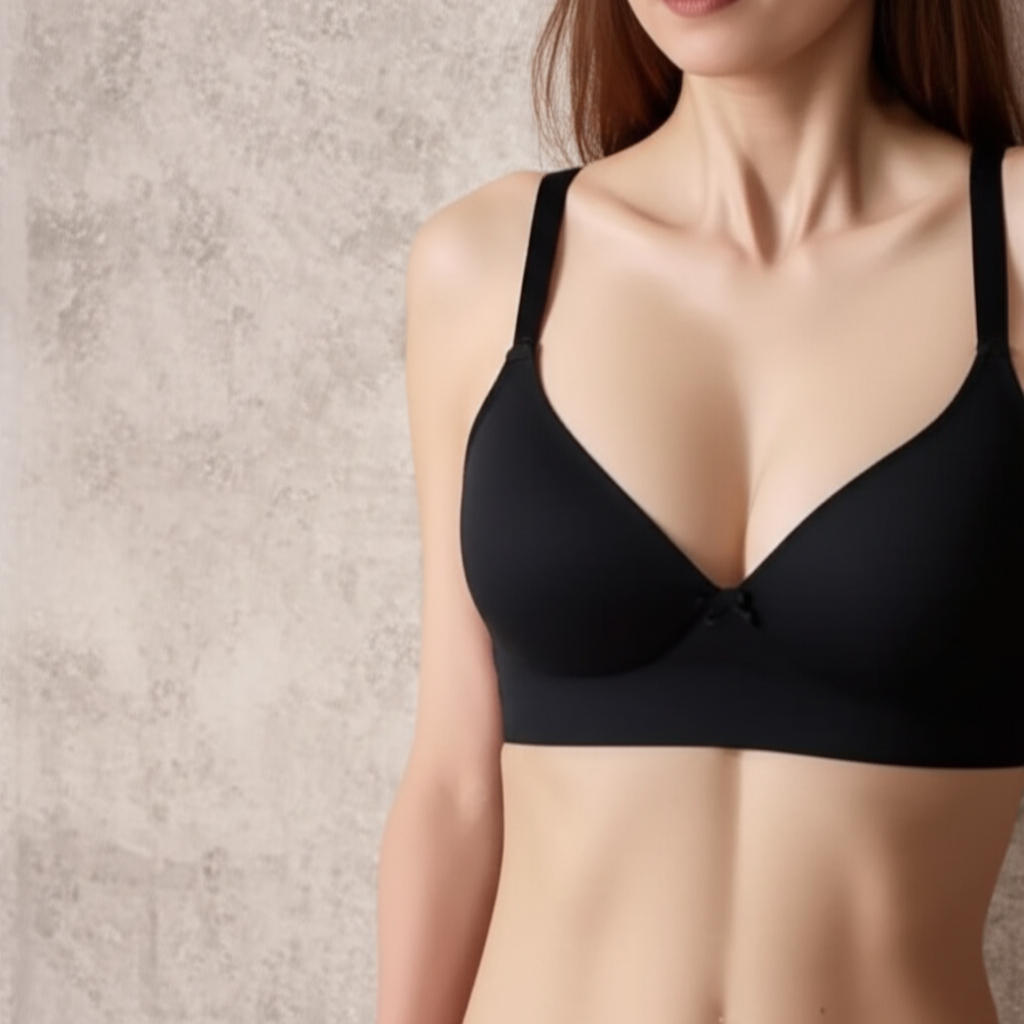
What Is a Training Bra? Definition and Purpose
A training bra is typically worn during Tanner stages II–III of breast development, when breast buds form and slight protrusion becomes visible. These bras are made to be gentle on tender tissue, with minimal structure and no heavy padding or underwire. The goal isn’t to lift or shape but to provide a sense of modesty, comfort, and familiarity with wearing a bra. For many girls, it’s the first time they wear something designed specifically for their changing body, making it an important step in their journey toward self-care and body awareness.
Key Features of a Training Bra
- Soft fabrics: Usually made from cotton, spandex, or jersey blends that feel gentle against sensitive skin.
These features are intentionally simple, prioritizing comfort and ease over structured support. The design allows room for growth and movement, making training bras ideal for everyday wear during school or play.
Who Should Wear a Training Bra?
Training bras are generally recommended for girls between the ages of 8 and 12, though the right time varies based on individual development. Physical signs that a girl may be ready include the appearance of breast buds, slight breast protrusion, or discomfort during physical activity like running or jumping. Emotional readiness is equally important—some girls may feel self-conscious under tight or thin clothing, or express interest after seeing peers wear bras. Wanting privacy, asking questions about bras, or showing curiosity about puberty can all signal that the conversation is needed.
The Difference Between Training Bras and Regular Bras
It’s important to understand that training bras are not “real” bras in the traditional sense. They don’t provide the same level of lift, shaping, or support. Instead, they act as a bridge—helping girls adjust to the sensation and routine of wearing a bra before moving on to more structured styles. Recognizing the differences in support, sizing, and function can help parents make informed choices and set realistic expectations.
Support and Structure Comparison
- Training Bras: No underwire, minimal or no padding, soft elastic bands, and unstructured cups.
While regular bras are engineered to support mature breast tissue, especially during exercise or daily wear, training bras focus on protection and comfort. They’re not designed to lift or enhance shape but to provide a smooth silhouette under clothes.
Sizing Differences and Fit Expectations
Training bras are usually sized as small, medium, or large, or labeled with youth sizes (e.g., 32, 34) rather than standard cup and band measurements like 34B. This makes sizing simpler but less precise. The fit should be snug enough to stay in place but loose enough to allow for growth—about one to two inches of room in the band is ideal. Straps should lie flat without digging, and the fabric should not bunch or gap. Since growth can be rapid at this age, frequent fit checks are recommended.
Benefits of Wearing a Training Bra
Choosing the right time to introduce a training bra can have lasting physical and emotional benefits. It’s not just about covering up—it’s about comfort, confidence, and preparing for the next stages of development.
Physical Comfort and Protection
The soft fabric of a training bra helps prevent chafing and protects sensitive breast tissue during movement. For active girls, even light support can reduce discomfort during gym class or play. The gentle coverage also minimizes visibility under clothing, which can be especially helpful with tighter or lighter-colored tops.
Building Confidence and Body Positivity
Wearing a training bra can help girls feel more in control of their changing bodies. It reduces self-consciousness and promotes a sense of normalcy during a time when body image concerns may begin to emerge. By framing the experience positively, parents can encourage body acceptance and self-esteem.
Progress Overview
Progress analysis for What is Training Bra
Preparing for Future Bra-Wearing
Getting used to how a bra feels, how it fastens, and how it fits makes the eventual transition to a regular bra much smoother. Girls who start with a training bra often feel more confident and knowledgeable when it’s time for a professional fitting and a first “real” bra.
How to Choose the Right Training Bra
Selecting the perfect training bra involves more than just picking a color or size—it’s about comfort, readiness, and individual needs. Taking a thoughtful approach ensures the experience is positive and empowering.
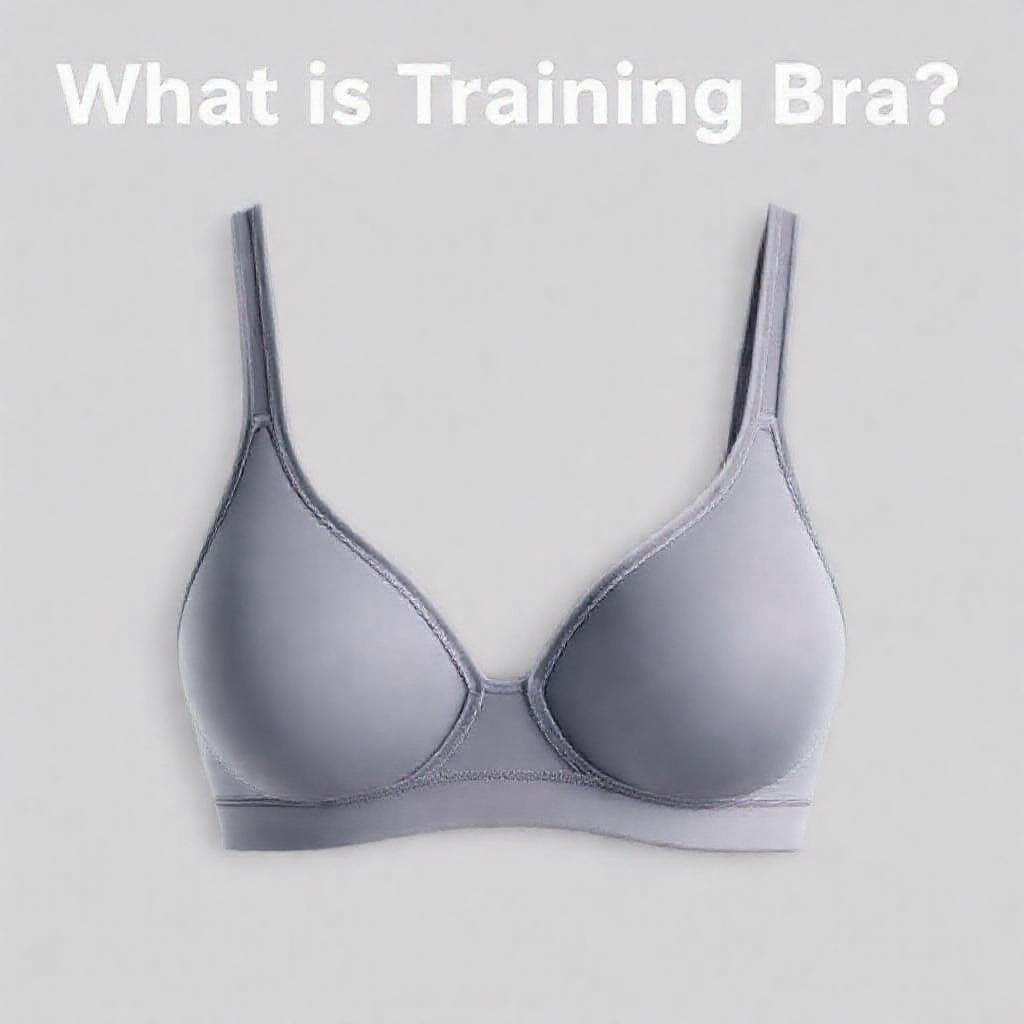
Assessing Readiness and Readiness Signs
Look for physical cues like breast budding or visible shaping under shirts, as well as emotional signs such as discomfort during movement, desire for privacy, or interest in what friends are wearing. Open, non-judgmental conversations can help determine if your child is ready.
Finding the Right Size and Fit
While formal measurements aren’t always necessary, checking that the band sits flat around the torso, the straps don’t slip or pinch, and the fabric lies smoothly without bulging is key. If possible, try on different styles to see what feels best. Remember, growth happens quickly—check fit every few months.
Fabric and Style Options
Cotton is breathable and ideal for sensitive skin, while stretchy blends offer flexibility and durability. Popular styles include camisole bras, bralettes, pullover designs, and racerback options that work well under school uniforms or athletic wear. Letting your daughter choose colors or patterns she likes—whether pastels, florals, or fun prints—can make the experience more enjoyable.
Where to Buy Training Bras
Many department stores like Target, Walmart, and Kohl’s carry youth bra lines in their girls’ sections. Specialty brands such as Papyrus, First Curve, and Bravado offer developmentally appropriate designs with comfort in mind. Online retailers like Amazon, Nordstrom, and Aerie also provide size guides and reviews to help with selection. Some stores even offer private fitting sessions for added support.
Common Myths and Misconceptions About Training Bras
Misinformation can create confusion or anxiety around this milestone. Clearing up common myths helps parents and girls make confident, informed choices.
“Training Bras Cause or Halt Breast Growth”
This is a myth. Breast development is controlled by hormones, not clothing. Wearing a training bra—whether early or later—has no impact on the rate or extent of growth. Bras do not restrict or stimulate development; they simply provide comfort during the process.
“Only Older Teens Need Bras”
Puberty starts at different times for every girl. Some begin developing as early as 8 or 9, and may benefit from light coverage and comfort long before they reach their teenage years. Waiting until breasts are “large enough” can leave girls feeling exposed or uncomfortable during physical activity.
“Training Bras Are Just for Appearance”
While they do help reduce visibility under clothes, training bras also serve functional purposes. They protect tender tissue, reduce movement-related discomfort, and help girls become familiar with personal care routines. They’re a practical tool, not just a fashion accessory.
Tips for Parents: Supporting Your Child Through This Transition
How parents approach this topic can shape how a girl feels about her body and this milestone. With empathy and openness, it can become a bonding experience rather than a source of stress.
Starting the Conversation About Puberty and Bras
Introduce the topic gently—perhaps during a shopping trip, while reading a puberty book together, or in response to a question. Use age-appropriate language and focus on comfort and health rather than appearance. Let her know it’s normal and okay to have questions.
Involving Your Child in the Decision
Let her pick the style, color, and fabric. Giving her control over the choice builds confidence and makes her feel heard. It also increases the likelihood she’ll wear it regularly and feel good about it.
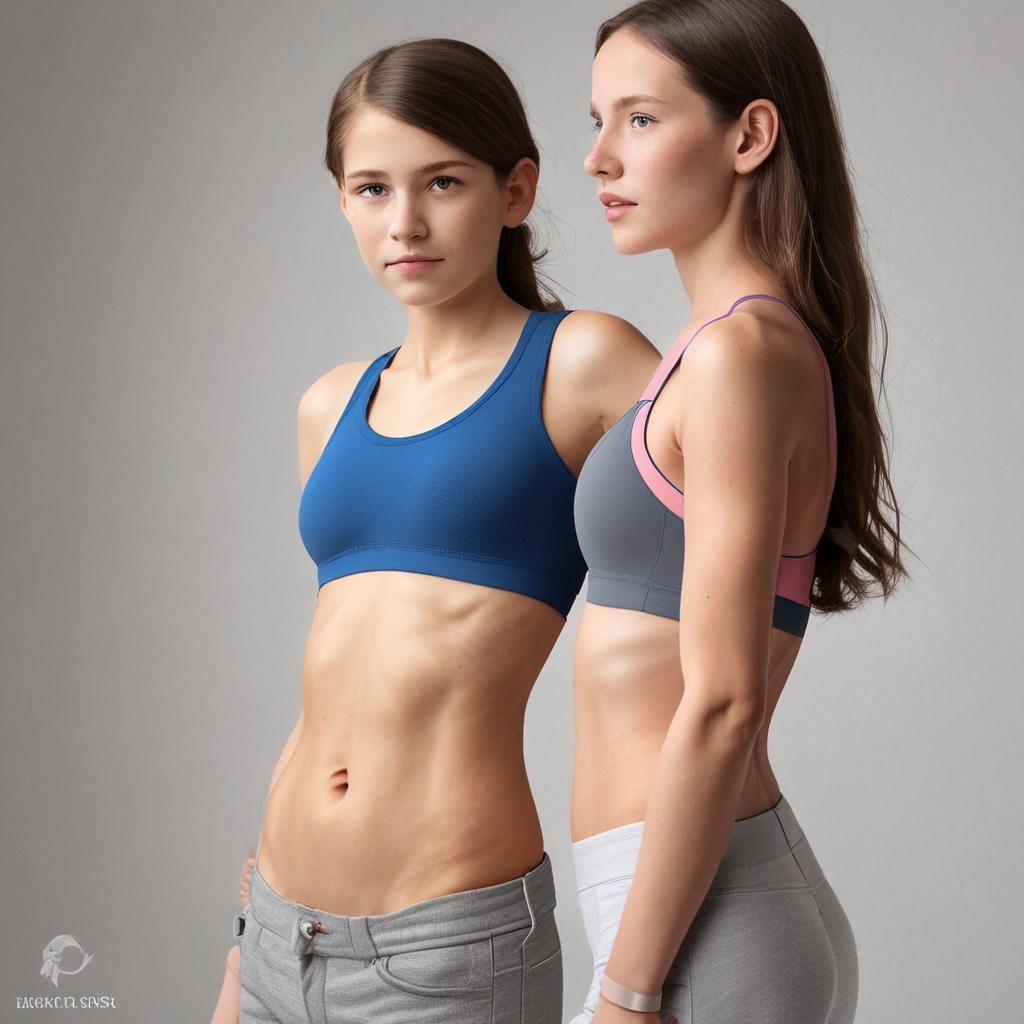
Normalizing the Experience
Share stories if you’re comfortable, or simply reassure her that every girl goes through this. Avoid phrases like “you’re growing up too fast” that might create shame. Instead, celebrate it as a natural, healthy part of life.
When to Transition from a Training Bra to a Regular Bra
As breast development progresses, girls will eventually need more support. Recognizing the signs helps ensure continued comfort and proper fit.
Recognizing the Need for More Support
Signs include increased breast size, discomfort or bouncing during exercise, a training bra that rides up or feels too tight, or a desire for a “real” bra. If she’s wearing a training bra that no longer fits or lacks structure, it may be time to move on.
Getting Fitted for a First Real Bra
Consider a professional fitting at a department store or specialty boutique. Many offer free, judgment-free sessions for teens. Alternatively, use online sizing guides to estimate band and cup size. The goal is to find a bra that supports without squeezing—where the band is firm but comfortable, and the cups fully contain the breast tissue.
Conclusion – Embracing Growth with Confidence
A training bra is more than just an undergarment—it’s a gentle introduction to a new chapter of life. By offering comfort, modesty, and a sense of maturity, it helps girls navigate the changes of puberty with greater ease and confidence. The right timing, fit, and emotional support can turn this milestone into a positive, empowering experience. As parents and caregivers, the way we frame this transition matters. With openness, patience, and respect, we can help young girls embrace their growth—not with anxiety, but with pride.
Frequently Asked Questions (FAQ)
At what age should a girl start wearing a training bra?
Most girls begin wearing training bras between ages 8 and 12, depending on their physical and emotional development. There’s no universal “right” age—look for signs like breast budding, discomfort, or interest in wearing one.
Do training bras support breast development?
They provide minimal support and are not designed to influence breast growth. Their main role is comfort, coverage, and helping girls get used to wearing a bra, not structural support.
Can a training bra be worn every day?
Yes, if it fits well and feels comfortable. Many girls wear training bras daily under school clothes, uniforms, or during light activities.
Are sports bras a good alternative to training bras?
Yes—soft, seamless sports bras or crop-top styles can work excellently as training bras, especially for active girls. They offer gentle support and are often more breathable and flexible.
How many training bras should a girl have?
Having 3 to 5 allows for rotation and laundry cycles. Including a mix of styles—like racerback, V-neck, or adjustable—helps match different outfits and activities.

